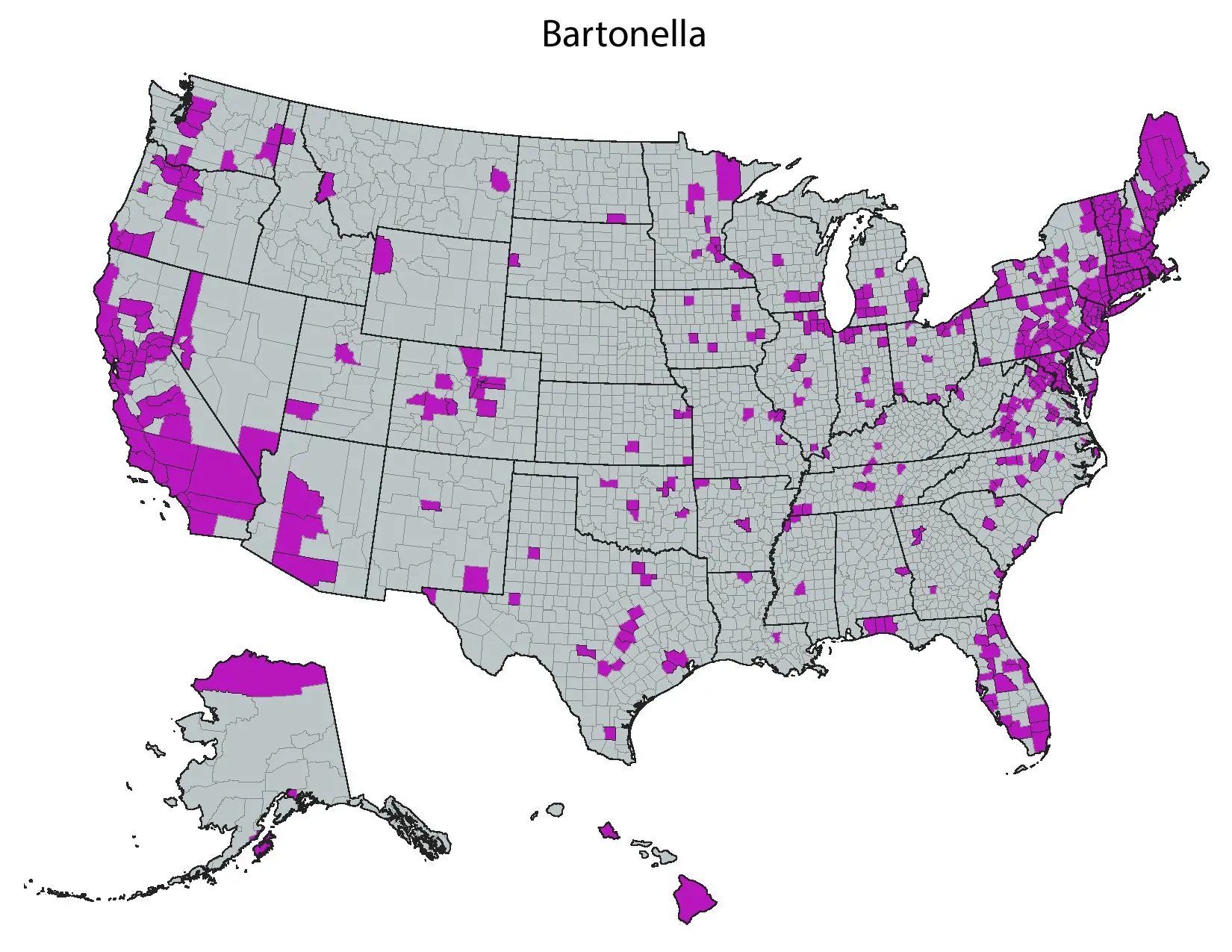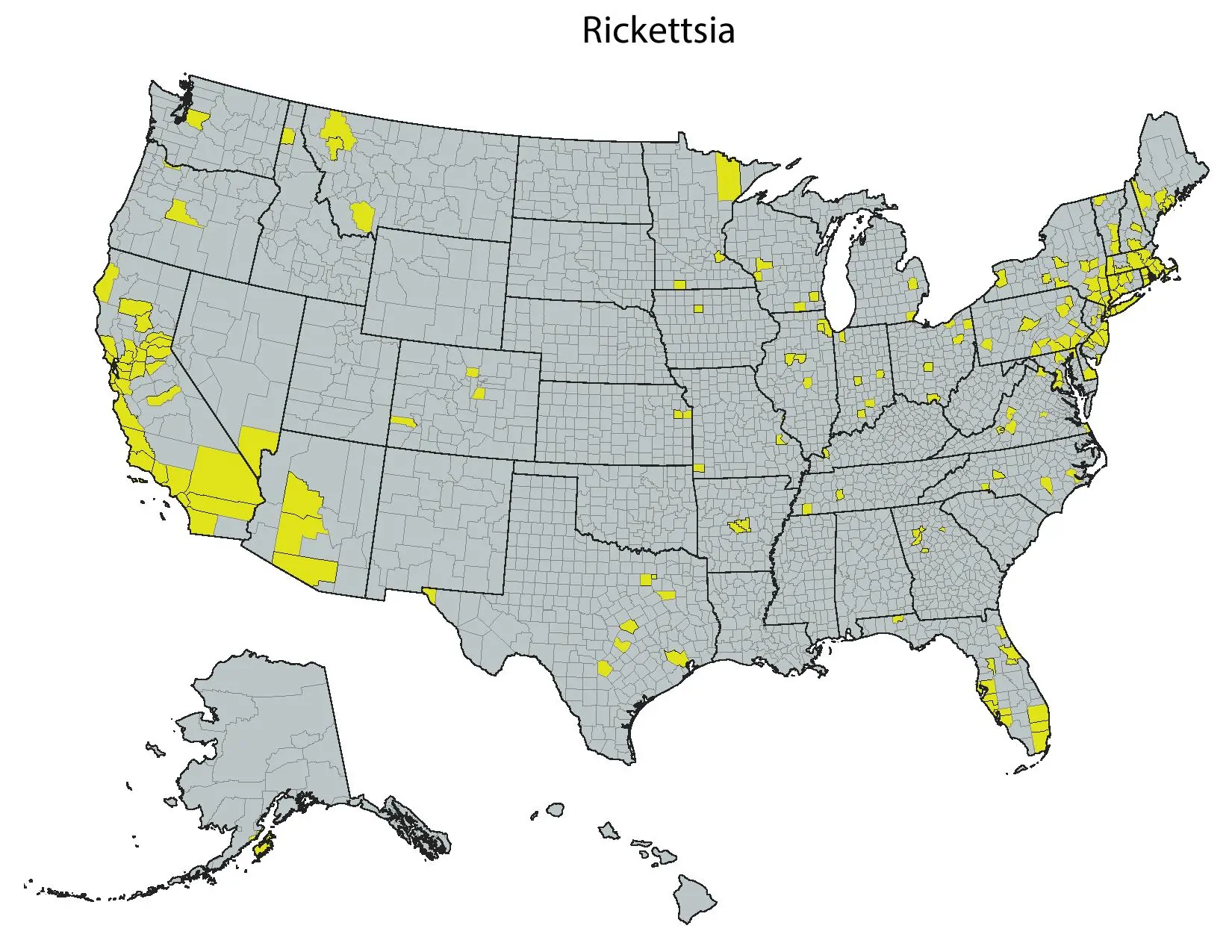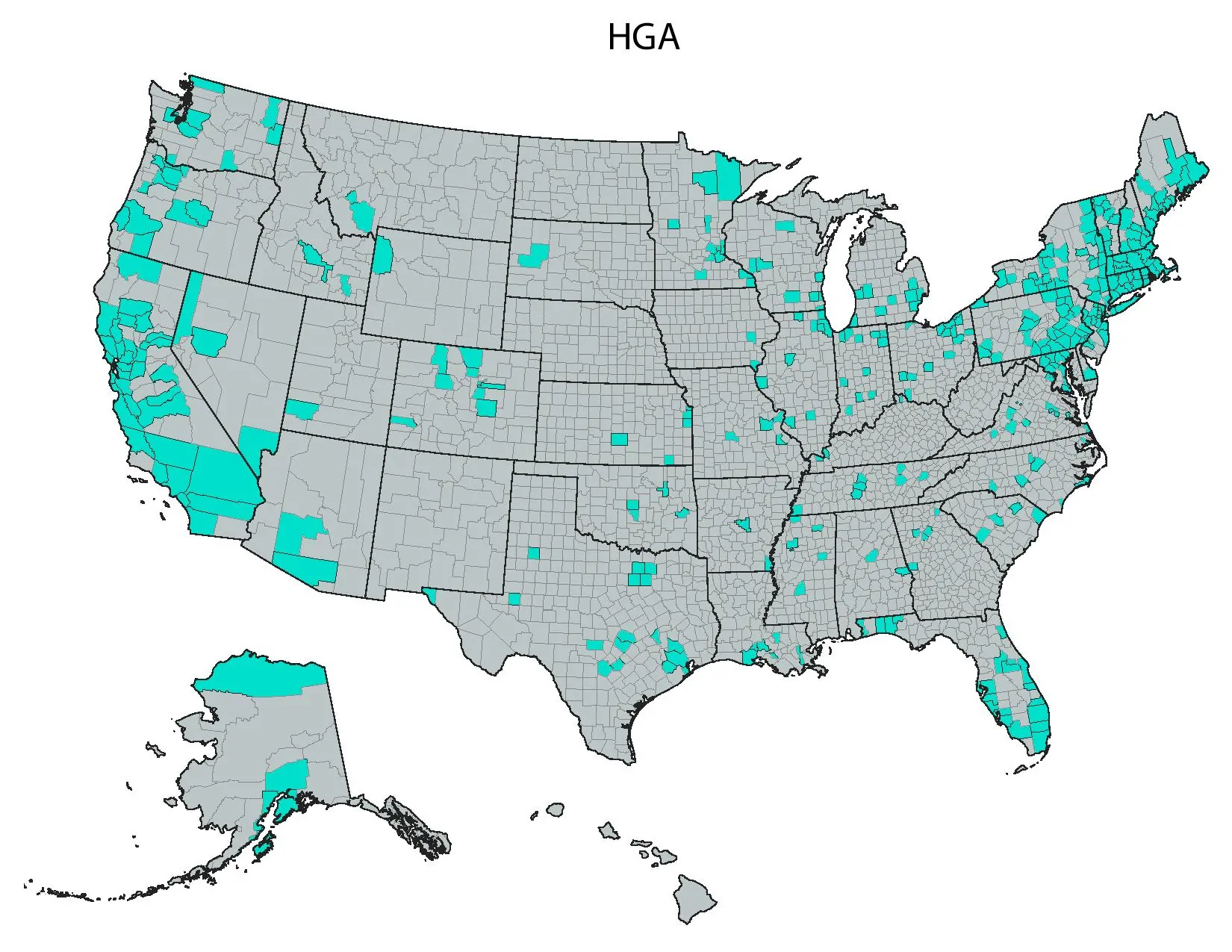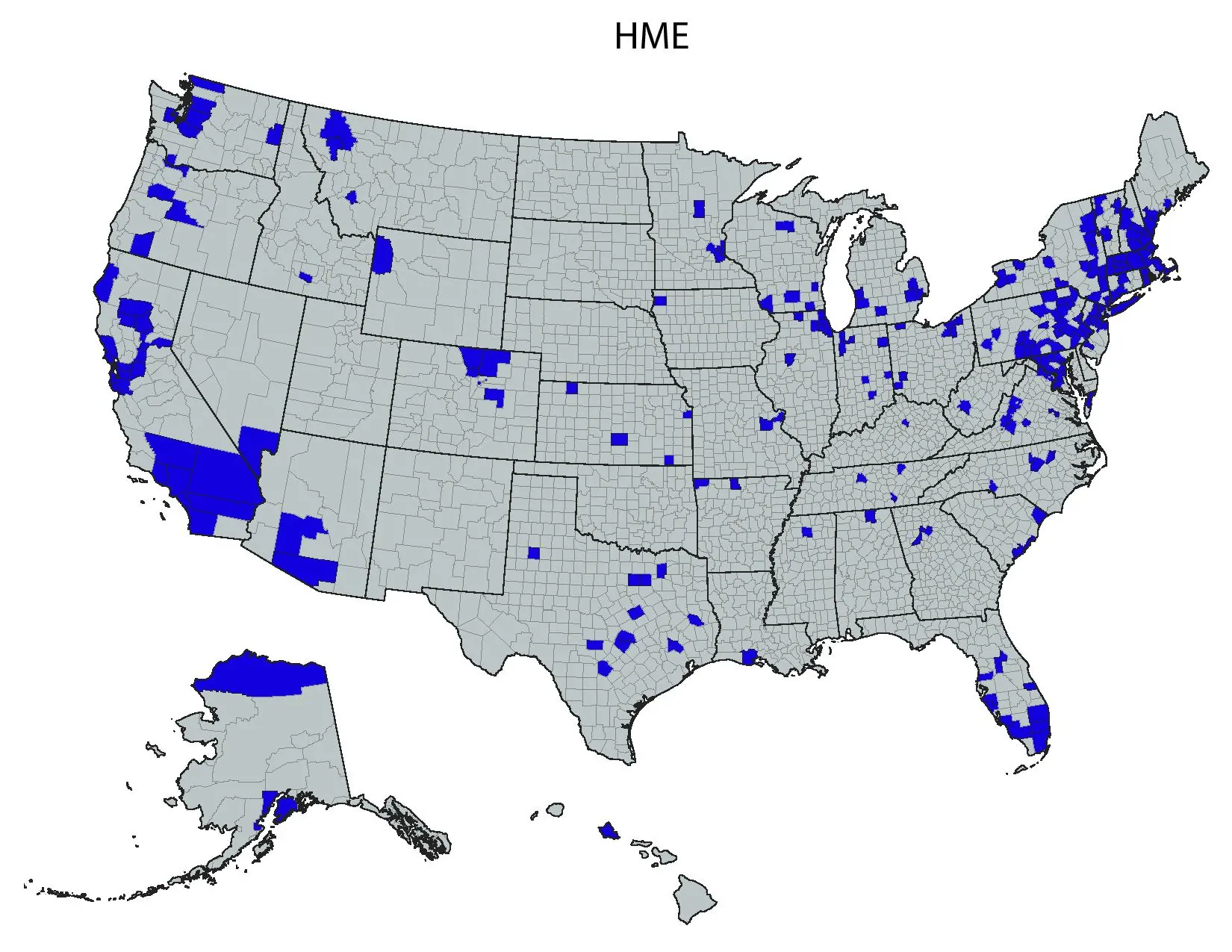January 20, 2021
After the shock and uncertainty most of the world suffered early last year when the COVID-19 outbreak first took off, it seems impossible to make any predictions about what 2021 might look like. Still, recent developments in the Lyme world point to some exciting trends in Lyme disease research to keep an eye on this year, including:
1. Summertime surge of tick-borne disease cases
Though the vaccine take-off in the U.S. has been much slower than promised, there is still hope that enough people will be vaccinated in the coming months for some aspects of life to return somewhat to normal. If travel once again becomes safe, we might see a pent-up demand to travel and get outdoors leading to higher incidences of tick-borne disease cases.
Even if social distancing remains necessary and travel is still restricted, outdoor activity has become one of the few safe ways to exercise and recreate amid the pandemic. With increased outdoor activity comes increased risk of tick-borne diseases.
The CDC already reports an estimated total of about 400,000 cases of Lyme disease per year. Recently, they’ve revised that number to about 476,000, and some experts think the number could eclipse 500,000 in 2021.
2. Increased funding and Lyme disease research for diagnostics and treatment
In December 2020, the president signed off on increased federal funding for Lyme disease across a range of areas, including CDC surveillance. The new policies will also make it easier for the National Institute of Allergies and Infectious Diseases to continue to get more funding every year.
Another research project recently underway will study immune responses to Borrelia in a human tissue context. The goal of the study is to increase understanding of Lyme bacteria in the body in order to develop better diagnostics and treatments, but the researchers hope it will have implications for other diseases that cause chronic symptoms and inflammation, particularly those affecting women.
Finally, a study published in early 2021 shed light on Lyme carditis as an early symptom of Lyme disease. Such studies point to the possibility that this year will bring more research into some of the lesser-known but dangerous symptoms of Lyme.
3. Celebrity advocacy in the Lyme community
Last year saw quite a few high-profile celebrities speaking out about their experiences with Lyme and other tick-borne diseases, including Justin Bieber. Amid some in the media and medical field treating chronic Lyme with skepticism, many of these celebrities have used their platforms to spread awareness about the realities of chronic Lyme.
The COVID-19 pandemic still has most of us isolated at home and using social media more than ever. This year, celebrity advocacy will likely continue to provide much needed resources and connection for the chronic illness and tick-borne communities.
4. Emerging tick-borne diseases
Epidemiologists and infectious disease experts continue to keep an eye on both new tick-borne pathogens and known pathogens that are increasing in numbers or spreading geographically. For example, the CDC has recognized Borrelia miyamotoi disease – also known as hard tick Tick-Borne Relapsing Fever – as an emerging tick-borne disease.
Another trend to note is that cases of Babesiosis, caused by a malaria-like parasite that infects red blood cells and is transmitted by ticks in North America, are spreading geographically and increasing in number.
5. Focus on a “one health” approach to infectious disease
The past few years have revealed interconnections between climate, human activity, and infectious diseases that many in the scientific community now refer to as a “one health” approach to disease prevention. Ebola originally crossed over to humans from wild game, and COVID-19 is known to affect many species beyond humans, from cats to minks and now gorillas.
Many may not know that Lyme disease and other tick-borne diseases are also affected by environmental factors. Global warming has been extending tick season and tick geography, leading to an increase in tick-borne disease cases. As this trend is poised to continue, the “one health” approach may lead to more holistic public health solutions.
The forefront of tick-borne disease testing technology
2021 is likely to see significant advancements in testing for tick-borne diseases. IGeneX is excited to continue developing accurate, sensitive testing for every major tick-borne disease, in addition to sponsoring organizations, such as Advocacy Express, which helped secure $91,000,000 in funding for Lyme disease legislation through 2021.
Learn more about testing through IGeneX today.













